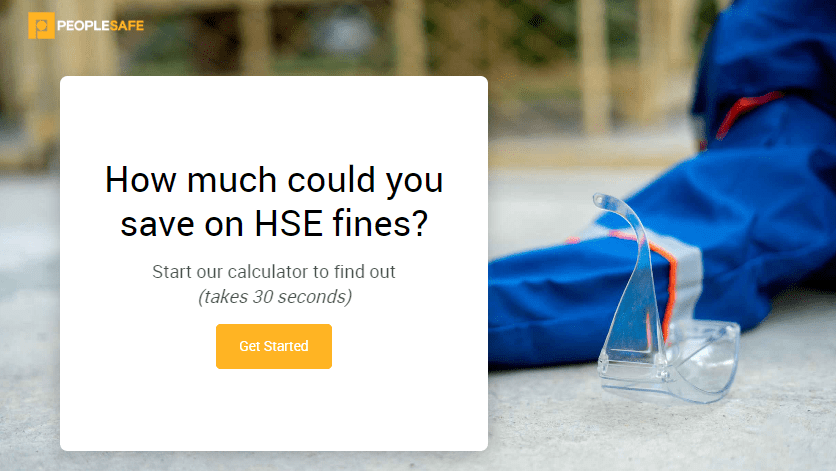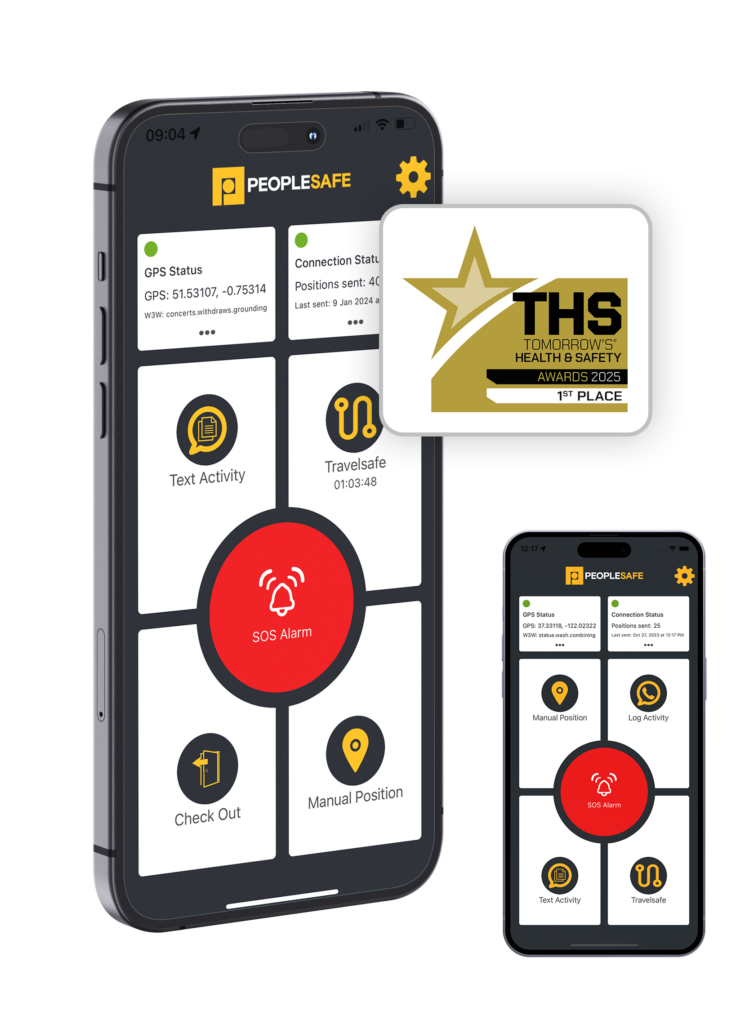The Impact of Psychological Safety in the Workplace
In the modern workplace, a key factor contributing to employee wellbeing and organisational success is psychological safety.
Psychological safety refers to a shared belief within a group or organisation that it is safe for individuals to take interpersonal risks, such as speaking up, sharing ideas, asking questions, or making mistakes, without the fear of negative consequences, such as humiliation, punishment, or rejection.
In psychologically safe environments, people feel comfortable taking risks and expressing their thoughts and concerns. They feel confident that they will not be embarrassed or punished for making a mistake, asking a question or offering a new idea. This leads to increased collaboration, innovation, and enhanced overall wellbeing.
However, this process isn’t linear. We all move through different degrees of psychological safety in different teams, contexts, times of day, etc. Timothy R Clarke described a model of four “stages” of psychological safety that teams can move through. These are:
- Inclusion Safety – Members feel safe to belong to the team
- Learner Safety – Members are able to learn by asking questions
- Contributor Safety – Members feel safe to contribute their own ideas
- Challenger Safety – Members can question others’ ideas or suggest significant changes
Why is Psychological Safety Important?
Psychological safety at work has become a clear factor that impacts organisational success. Having consistently high levels of psychological safety helps to unlock employees’ full potential and prevents negative workplace incidents. Through this environment of honesty and openness, risks are reduced, new ideas are generated, and the team is able to execute those ideas.
In fact, Google conducted ‘Project Aristotle’: a 2-year study on 180 teams, which found that psychological safety is essential to team success. They measured five key dynamics
- psychological safety,
- dependability,
- structure & clarity,
- meaning, and
- impact.
They found that psychological safety was by far the most important factor. The Google researchers discovered that individuals on teams with higher psychological safety bring in more revenue and are often rated as effective twice as often by executives. The results showed that “even the extremely smart, high-powered employees at Google needed a psychologically safe work environment to contribute the talents they had to offer”.
This impact on effectiveness is due to the impact psychological safety has on a variety of other factors:
Improves Safety
In a psychologically safe environment, employees are more likely to report potential safety hazards, near-misses, and safety concerns as they have no fear of repercussions. This open reporting culture can help identify and rectify safety issues, preventing accidents and injuries before they occur. As employees feel safe voicing concerns and stopping a task if it feels unsafe, the number of serious injuries and fatalities (SIFs) is reduced.
When employees feel safe speaking up about safety concerns, it creates a culture of collective responsibility, where everyone is actively engaged in ensuring a safe and secure work environment.
Boosts Creativity, Innovation and Collaboration
When employees feel secure in sharing their ideas and taking calculated risks, they are more inclined to push boundaries and explore new avenues, leading to innovations and new solutions to longstanding problems. This innovative thinking can give organisations the edge to stand out from competitors.
Additionally, in an environment where employees feel safe to express their thoughts, opinions, and concerns, individuals are more willing to engage in open and constructive dialogue with colleagues. This creates an environment where teams are viewed as collaborators, resulting in more effective teamwork and the achievement of collective goals.
Increases Employee Morale
Psychological safety is closely tied to employee engagement and morale. The knowledge that their opinions matter and their contributions are valued makes employees more likely to be engaged, motivated, and committed to their work. In psychologically safe environments, individuals are also more inclined to take ownership of their tasks, seek opportunities for growth, and collaborate actively with their colleagues, all of which contribute to boosting morale.
Improves Recruitment and Retention
When employees feel safe, respected, and supported, they are more likely to stay with the organisation long term. This was a key benefit of psychological safety uncovered in Project Aristotle, as teams with the highest levels of psychological safety had the lowest turnover rates. Reduced turnover rates lead to cost savings associated with recruitment, training, and onboarding, and ensure that expertise remain within the organisation.
Psychological safety also significantly enhances an organisation’s ability to attract top talent in a competitive job market. This is especially true for younger generations who are increasingly seeking workplaces that prioritise wellbeing and mental health. Organisations that prioritise psychological safety send a clear message that they value their employees which helps to attract top talent.
Improves Wellbeing
When employees feel secure in expressing themselves, sharing their concerns, and seeking support when needed, it creates a nurturing and supportive work environment. This sense of safety reduces stress and anxiety levels, as individuals no longer fear the repercussions of speaking up or making mistakes.
This promotes mental and emotional wellbeing by fostering a culture of understanding, and mutual respect among colleagues and leaders. Additionally, employees are more likely to strike a healthier work-life balance when they feel supported, ultimately leading to reduced burnout and better physical and mental health.
Increased profitability
As a result of all of the above, company profitability increases. There is a reduced cost of illness and injury, reduced risk of fines from the HSE, lowered recruitment costs and an increase in organisation output.
An example of this in practice is Alcoa, an aluminium manufacturer. In 1987 Paul O’Neill took over as CEO and pivoted the company strategy to safety, declaring any level of risk to employees unacceptable. He encouraged everyone in the organisation to raise concerns, ideas, and mistakes with respect to process and safety.
This didn’t just result in fewer accidents but in higher productivity, better quality, improved innovation and employee satisfaction, as well as fewer people suffering physical injury or death. By 1999 Paul had improved the market value of Alcoa from $3 billion to over $27 billion.
Measuring Psychological Safety
Measuring psychological safety is key to understanding how your employees think and feel about your organisation.
One way to understand employees’ true feelings is to conduct anonymous surveys and questionnaires that allow workers to share their honest thoughts without fear of repercussions. Additionally, analysing incident reporting data and observing workplace interactions can indicate how employees view your safety culture.
Discussion groups, whether in-person or virtual, can also provide valuable insights into employee perspectives and can lead to conversations among employees that reveal hidden concerns and potential solutions.
Gaining this understanding is key to identifying areas for improvement and fostering a culture where employees feel valued and secure in expressing themselves.
Why Don’t People Speak up About Safety Concerns?
It is well documented that the number of real workplace incidents is higher than the number officially reported. This is seen clearly in the latest workplace injury report by the HSE that found 565,000 workers sustained a non-fatal injury according to self-reports, whereas only 61,713 injuries were reported by employers under RIDDOR in the same year.
Additionally, in our own research, we found that 57% of employers underestimated the level of personal safety concerns held by employees, suggesting that employees are likely underreporting these concerns to their employers.
This discrepancy often stems from the fear that speaking up about potential risks could lead to negative consequences or that reporting concerns simply isn’t worth it because change is unlikely to happen.
This is made clear in a poll conducted by the Trades Union Congress, which found that only 30% of women who say they experienced sexual harassment at work told their employer about what was happening and only 44% of those being bullied reported it. Of those who didn’t report it, 39% felt they would not be believed or taken seriously while 37% thought reporting it would impact negatively on their relationships at work and 25% thought it could negatively impact their career prospects.
Creating a Psychologically Safe Workplace
Creating a psychologically safe workplace where employees are encouraged to speak up and raise concerns involves following several steps. A culture must be created where every employee feels valued, heard, and safe to express themselves. Here are some practical ways to create a psychologically safe working environment:
1. Establish Clear Policies
Establishing clear safety policies, as well as policies against bullying and harassment is key. These policies should be clearly communicated and accessible to all staff and should provide information on expectations and how to report concerns. These policies shouldn’t just be tick box exercises, they need to be taken seriously and followed when an incident is raised. To ensure they remain up to date, policies should be reviewed at least annually and every time an incident occurs.
Ensuring your policies are in place and maintained sends a powerful message to staff that you are committed to their safety and helps to build a positive workplace culture.
2. Provide Training
Offer relevant safety training on processes and procedures outlined in your policies. You could also offer training programs that focus on communication skills, teamwork, and conflict resolution to equip employees with the skills to effectively work together. This training should be regularly refreshed as encouraging continuous learning reinforces the message that growth and improvement are valued and perfection isn’t expected.
3. Open Communication
A psychologically safe environment encourages open and transparent communication. This means that employees can voice their concerns, ask questions, and propose new ideas without hesitation. This also relies on a sense of trust where employees believe their voices will be heard and that their wellbeing won’t be compromised by speaking up.
Employees should be encouraged to admit mistakes and seek assistance when necessary. Within this environment, mistakes are seen as opportunities for growth, not as failures.
4. Lead by Example
Business leaders set the tone for an organisation’s culture, both formally and informally, so by ensuring your business leaders demonstrate behaviours such as respect, empathy, and open communication, they encourage employees to follow suit.
In practice, this should involve actively listening to employees, valuing their input and addressing concerns promptly. By leading from the top, it reinforces the message that psychological safety is for everyone and encourages employees to follow suit.
5. Encourage Feedback
Encouraging feedback is a powerful strategy in nurturing a psychologically safe workplace. When employees feel valued and appreciated for voicing their concerns or suggesting improvements, it reinforces the culture of open communication.
Praising those who raise issues and openly sharing success stories of how feedback has led to positive change serves as both motivation and validation for employees to continue contributing their insights. It makes it clear to employees that their voices are heard and can be instrumental in driving positive change. You could also incentivise feedback by offering employee rewards and recognition such as certificates or small gifts, to more significant rewards like bonuses or additional paid time off.








